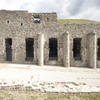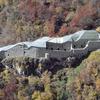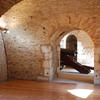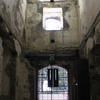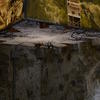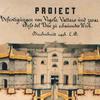The restoration of the Austro-Hungarian fortifications in Trentino related to the First World War.
The book has been presented in the S.A.S.S. Underground Archeological Space, Trento

The Department for Cultural Heritage of the Autonomous Province of Trento has edited a book about the restoration of the architectural heritage related to the First World War.
The book is an ideal continuation of the one edited in 2008 by the same Department, which presented the "Great War Project" and illustrated the projects - at a preliminary step in 2008 - for the restoration of some important forts in Trentino.
Six years later, and for the Centenary of the start of the First World War, here is a report of all the projects that have been carried out and of the current state of implementation of the Great War Project.
This text features articles by historians, architects, building site supervisors, Department public servants, etc. Thus, it allows us to reconstruct the different stages of life of these forts, from their planning to their building (which Nicola Fontana has throughly illustrated in his essay expanding on the restoration aspects and on the related effects on the landscape and on society), to their abandon, decay and final restoration.
What is more, this latter phase is cause for reflection on many questions arising from restoration projects, and Alessandra Quendolo's article focuses on this issue.
Also the future of these forts is dealt with in the book, since their enhancement is meant to send out an ethical message, as well as a witness for peace.
As a matter of fact, this was the approach taken for drawing up the reports about the Great War Project and the cultural promotion of Trentino's fortifications.
Yet, the forts themselves play the lead role: Fort Cadine, Fort San Biagio, Fort Pozzacchio, Fort Dossaccio, Fort Corno, Fort Tenna, Roncogno Battery, other forts in Val di Sole and in Brione.
All the phases of their restoration are described by those experts who were involved in the project. As a matter of fact, it was a complex process, made of crucial choices, which were sometimes madiated, some other times decisive.
As a result, this book is a new chapter of the history of these fortifications, not the last one, though.
17/03/2015
